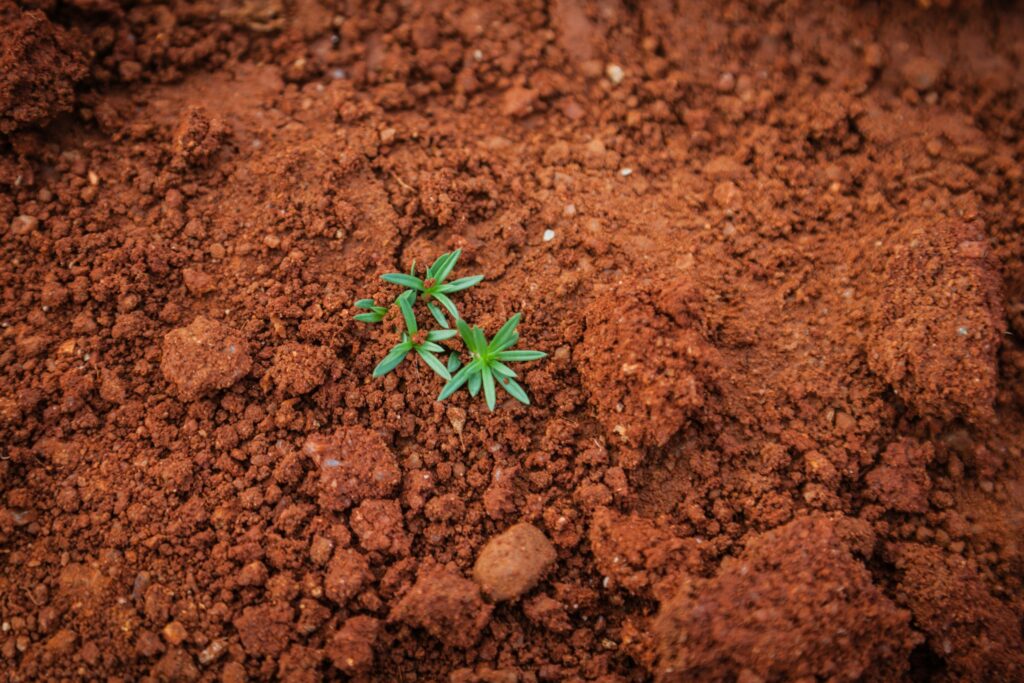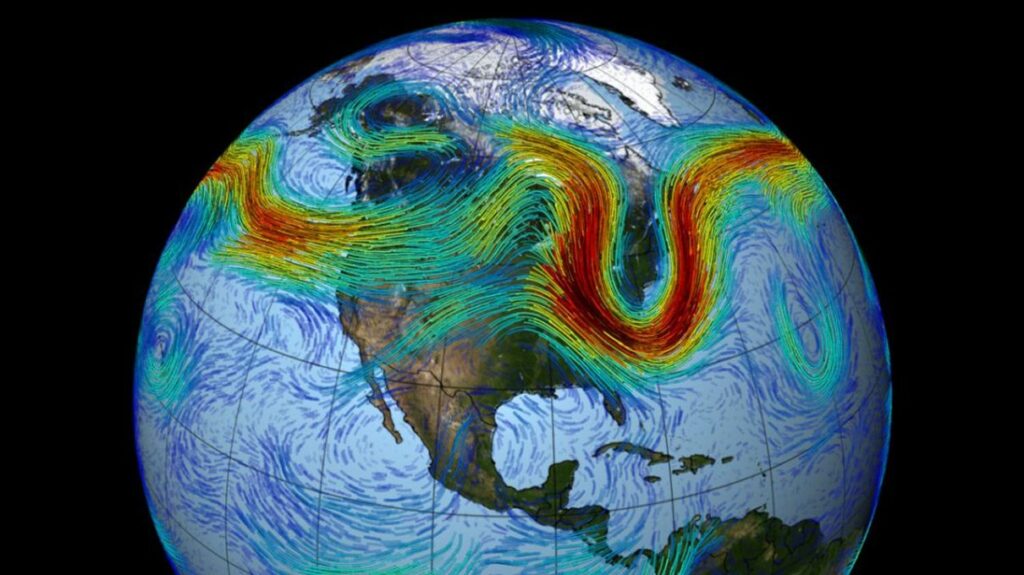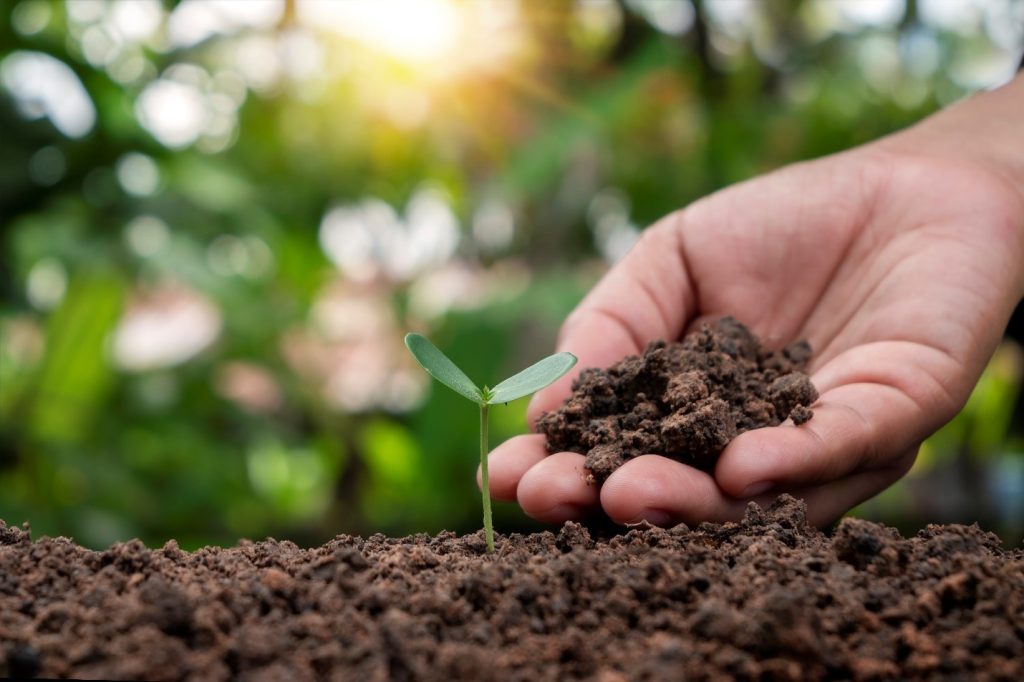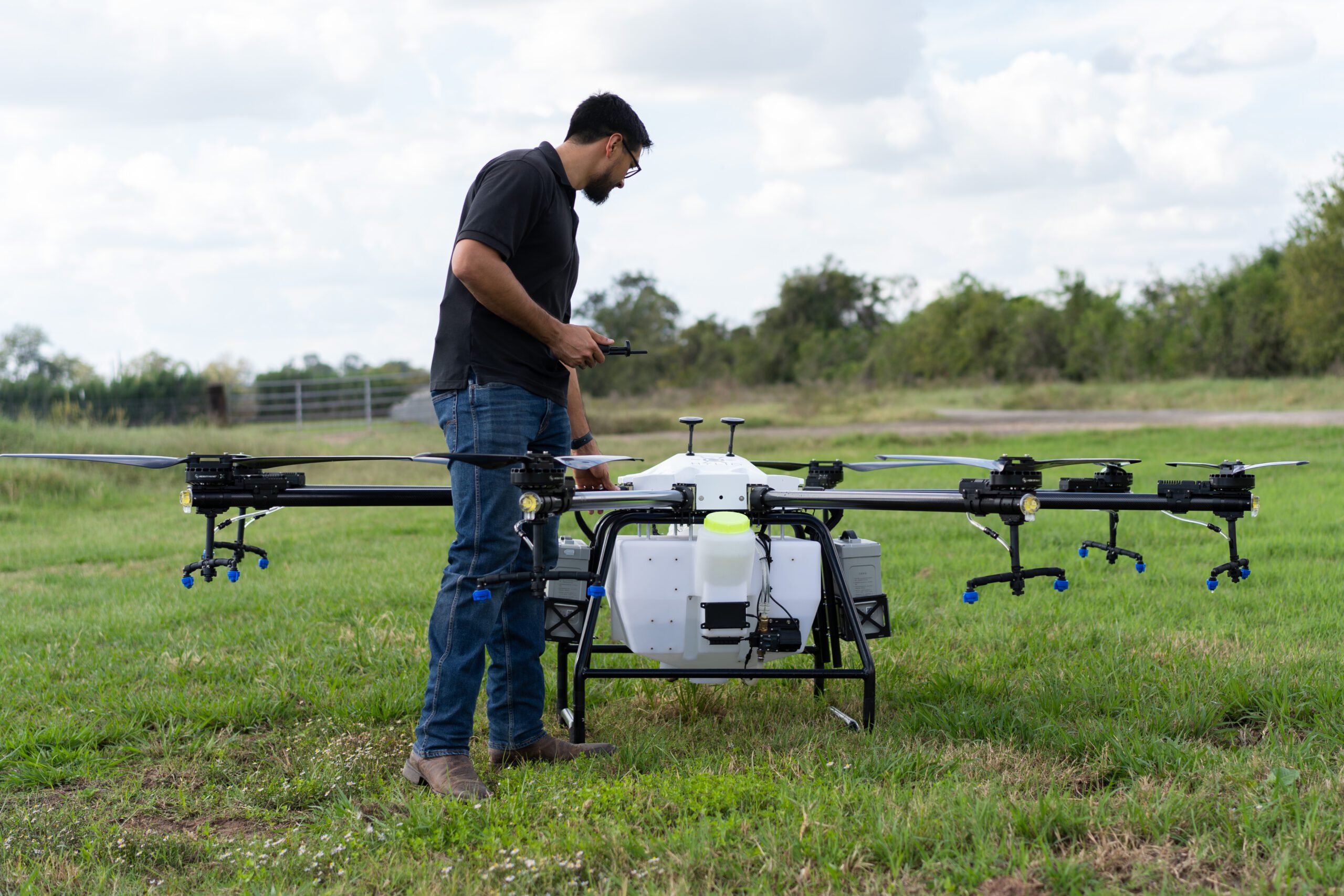In the face of growing global populations and climate change, the agricultural sector is under immense pressure to produce more food while using fewer resources. Artificial Intelligence (AI) is emerging as a game-changer in this arena, offering innovative solutions to optimize crop management and increase yields. This article delves into how AI is transforming agriculture, providing real-world examples of its impact on farming practices and sustainability.
Optimizing Soil Health

Healthy soil is the foundation of productive agriculture. AI-powered tools can analyze soil data to determine its nutrient content, pH level, and moisture. For instance, an AI system developed by a leading agritech company uses machine learning algorithms to analyze soil samples from various fields. By identifying areas with nutrient deficiencies, farmers can apply the right type and amount of fertilizers, leading to healthier crops and reduced environmental impact.
Predicting Weather Patterns
Weather plays a crucial role in farming. Traditional methods of weather forecasting often lack the precision needed for effective agricultural planning. AI, however, offers more accurate and localized weather predictions. For example, a startup has developed an AI-based weather prediction model that uses satellite imagery and historical weather data to provide real-time forecasts. Farmers using this technology can make informed decisions about planting, irrigation, and harvesting, minimizing the risk of crop loss due to unexpected weather changes.

Optimizing Soil Health

Water scarcity is a significant challenge in agriculture. AI-driven smart irrigation systems can optimize water use by delivering the right amount of water to crops at the right time. One notable example is an AI-powered irrigation system used in vineyards. Sensors placed in the soil measure moisture levels, and AI algorithms determine the precise amount of water needed. This technology not only conserves water but also enhances crop quality and yield.
Pest and Disease Management
Pests and diseases are major threats to crop health. AI can help in early detection and management of these threats. A company specializing in agricultural AI has developed an app that uses image recognition technology to identify pests and diseases from photos taken by farmers. The app then provides recommendations for treatment, reducing the need for broad-spectrum pesticides and promoting sustainable farming practices.
Precision Agriculture
Precision agriculture involves using AI to make farming more efficient and productive. Drones equipped with AI-powered cameras can monitor crop health, identify stressed areas, and even count plants. For example, a large agricultural firm uses drones to survey its fields and collect data on crop conditions. AI algorithms analyze this data to create detailed maps showing areas that need attention. This targeted approach allows for precise application of fertilizers and pesticides, reducing costs and environmental impact.

A mid-sized farm in California implemented AI-driven technologies to optimize its operations. Using AI-powered soil analysis, the farm identified areas with nutrient deficiencies and tailored its fertilization practices accordingly. AI-based weather predictions helped the farmers plan their activities better, reducing crop loss due to unforeseen weather events. Smart irrigation systems conserved water while maintaining optimal soil moisture levels. As a result, the farm saw a 20% increase in crop yields and a 15% reduction in water usage within the first year of implementation.





